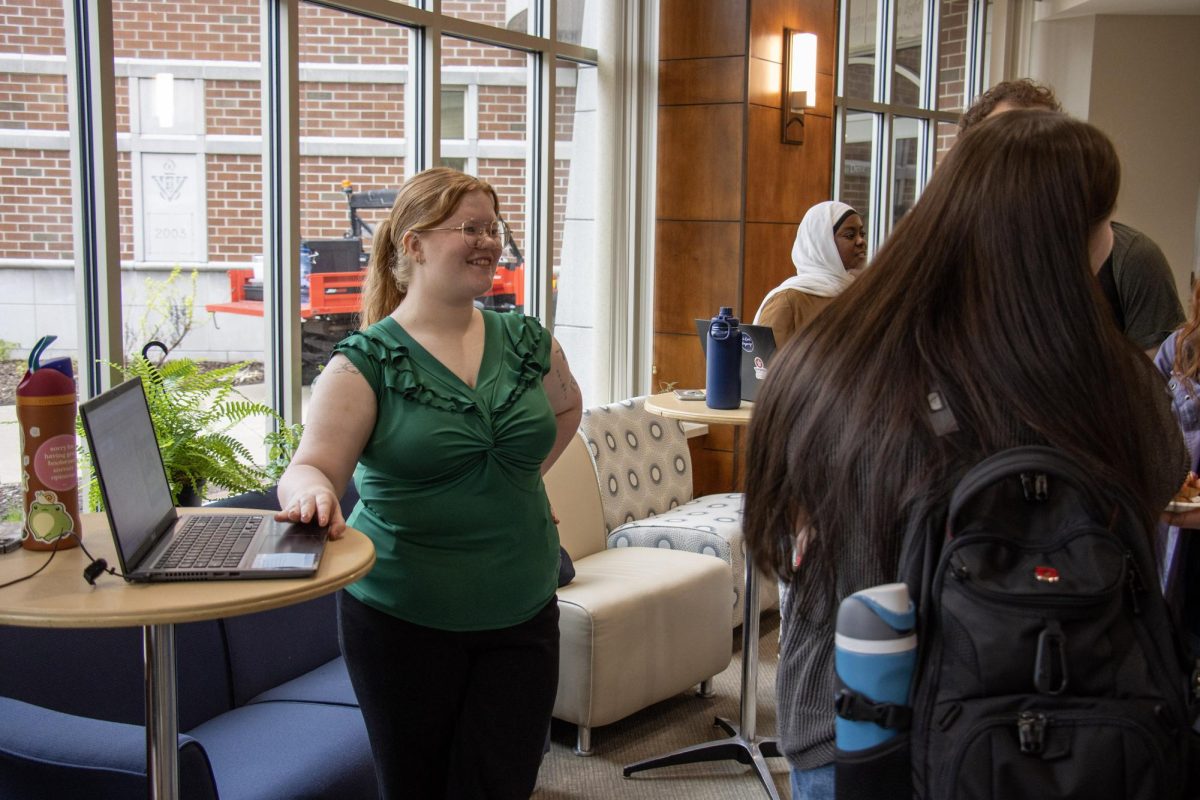Should Critical Race Theory Have a Role in K-12 Education?
November 8, 2021
“I will campaign against anyone and everyone who attempts to indoctrinate my children into the most racist of racist ideas.” You’re reading the words of an enraged parent, from a school board meeting In Loudoun County, Virginia, as recorded by the New York Times, for their podcast, the Daily. “I will do everything I possibly can to fight to the bitter end, until you can prove to me that you are not teaching my children that they are racist just because they are white.” Parents like these have turned normally procedural and uneventful school board meetings into lively and invigorating affairs in many counties across the United States, and at the center of most of this argument, is something called Critical Race Theory(CRT). According to an article from Brookings news, “Simply put, critical race theory states that U.S. social institutions (e.g., the criminal justice system, education system, labor market, housing market, and healthcare system) are laced with racism embedded in laws, regulations, rules, and procedures that lead to differential outcomes by race.”
The beliefs of Critical Race Theory’s opponents can be illustrated best by looking to a children’s book called “Not My Idea,” which calls racism “a white person’s problem and we are all caught up in it.” According to an article from the BBC, over 30 schools in the US have begun to require this book, and its rhetoric encapsulates much of the upset response from opponents of CRT. No one wants to be labeled racist just because of the skin color they were born with- it seems like a theory working in the completely wrong direction. But is this really what critical race theory is about? Eve Ewing, a sociologist at the University of Chicago, doesn’t think so. On an episode of the New York Times Opinion podcast, Ewing unpacks her perspective on critical race theory.
Ewing explains that one critical tenant of CRT is “the idea that people’s lived experiences, and specifically the lived experiences of people who by virtue of age, race, disability, class, are often marginalized from the center of our storytelling… matter and that they are vital forms of evidence in understanding social phenomena.” This distinction- that people’s lived experiences are admissible evidence in conversations pertaining to marginalized communities, is one often met with challenges both by academics, and just ordinary people who prefer data to emotional response. But Ewing points out that “all of us use emotional data to think about the kinds of relationships we want to be in, the kinds of jobs we want to do, the kinds of parents, or sisters, or siblings, or children that we want to be to the people we love. And in our personal lives, we recognize that emotions are a valid source of data.” Ewing’s example of using emotional experiences to justify decisions is particularly poignant. She discusses the example of choosing cereal at the grocery store. “One is Honey Nut Cheerios, and one is the store brand. And you know that they’re exactly the same. They’re exactly the same cereal, and part of why people make the decisions that they make in that moment is because they saw a commercial that made them feel good. Or they had memories about eating Honey Nut Cheerios as a kid, or they have a class consciousness where they have memories about being mocked for eating the store brand cereal when they were a kid. And so now they’re only going to buy the brand name.”
Supporters of critical race theory aren’t arguing that people are racist simply for being born white, or that white people are guilty based on the color of their skin. It instead demands that those with privilege in U.S. social institutions acknowledge their privilege and listen to those whose lives have been affected by having less privilege to form decisions that will create different outcomes for those with less privilege. But what does it have to do with schools?
The school system in the United States is the single social system with perhaps the most reach. It influences children during the period in their lives when their brains are most malleable to change. In many cases. students spend more time with teachers than with their own parents. And it’s a system which, although it discriminates based on class, in some ways holds as much sway for the children of Jeff Bezos as for the children of a family living on a 30,000 dollar per year income.
Does CRT hold a critical role in forming a children’s education? And is it racist at its core? In the opinion of this writer, it seems easy to answer the second question, with a resounding no. CRT does not accuse white people of being racist, but instead asks those with privilege to create solutions for those with less.
To answer the second question, I used a key tenant of CRT to examine my experiences and use them as evidence in my decision. Reflecting on my highschool experience, I remembered an extremely eurocentric history curriculum, and I can never remember being asked to reflect on the privilege I’ve held. My only remaining challenge with CRT was I wasn’t sure how it would be successfully incorporated into a school curriculum. I turned back to the experts to think about this. According to Brookings, scholars who promote incorporation of CRT into school curriculum have more ideas than I do. “Among the topics they’ve studied: racially segregated schools, the underfunding of majority-Black and Latino school districts, disproportionate disciplining of Black students, barriers to gifted programs and selective-admission high schools, and curricula that reinforce racist ideas.”
Winston Churchhill once said, “those that fail to learn from history are doomed to repeat it.” Until I can learn to listen to the stories of those affected by my privilege, and use that information to create change, I feel doomed to unwittingly repeat mistakes made by others and continue the cycle of inequality in the world around me.


